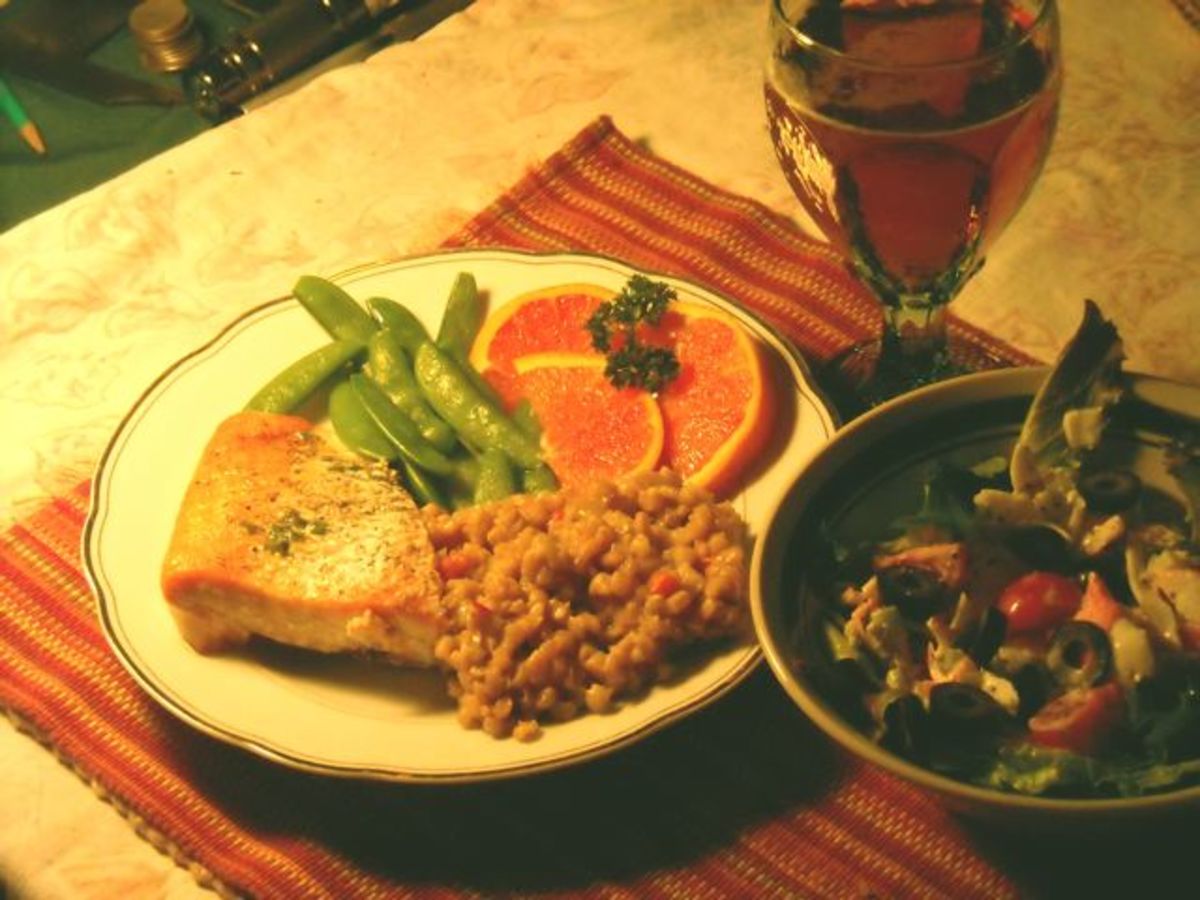Blog
What is parsley used to garnish?

Parsley’s Culinary Elegance: A Versatile Garnish in Gastronomy
Parsley, with its vibrant green hue and distinct flavor, stands as a culinary workhorse, finding its way onto a myriad of dishes as a garnish. Beyond its decorative appeal, parsley serves a functional role in enhancing the overall dining experience. In this exploration, we delve into the multifaceted world of parsley as a garnish, unraveling the diverse array of dishes that benefit from its visual and flavor-enhancing prowess.
1. Salads and Fresh Greens: Elevating Visual Appeal and Flavor Balance
As a staple in the culinary world, parsley graces salads and fresh greens with its verdant elegance. Whether sprinkled over a crisp garden salad, mixed into a couscous tabbouleh, or featured in a vibrant Greek salad, parsley not only adds a burst of color but also contributes a refreshing herbal note that complements the freshness of the greens. Its finely chopped leaves create a delicate contrast, turning an ordinary salad into a visually appealing and flavor-balanced masterpiece.
2. Soups and Stews: Parsley’s Finishing Touch to Liquid Creations
In the realm of soups and stews, parsley takes on the role of a finishing touch, adding a touch of brightness to the robust and savory liquid creations. A sprinkle of finely chopped parsley on top of a bowl of classic minestrone or a hearty beef stew provides a visual pop while introducing a subtle herbaceous flavor that cuts through the richness of the broth. This garnishing technique extends to cold soups like gazpacho, where parsley imparts a refreshing contrast to the chilled concoction.
3. Pasta and Grain Dishes: A Green Accent to Italian Classics and Beyond
Parsley’s journey into the world of pasta and grain dishes is marked by its prominent presence in Italian classics. From a finishing touch on a plate of spaghetti aglio e olio to a key ingredient in gremolata—a zesty parsley, lemon, and garlic condiment—parsley adds a layer of complexity to pasta dishes. It finds synergy with grains as well, enhancing the visual appeal and flavor of dishes like couscous, quinoa, and rice pilaf.
4. Seafood Delights: Parsley’s Perfect Pairing with Oceanic Flavors
Seafood dishes, known for their delicate flavors, find a perfect companion in parsley. Whether adorning a plate of grilled fish, enhancing the citrusy notes in a shrimp scampi, or balancing the richness of a seafood risotto, parsley contributes a fresh and herbaceous component that harmonizes seamlessly with oceanic flavors. Its presence not only elevates the taste but also provides a visually pleasing contrast to the seafood’s natural colors.
5. Meats and Poultry: Parsley’s Herbaceous Harmony with Protein
Parsley proves its versatility in the realm of meats and poultry, acting as both a flavor enhancer and a visual garnish. It is a common sight atop a succulent grilled steak, adding a touch of vibrancy to the plate. In dishes like roast chicken or lamb, parsley’s finely chopped leaves blend into pan juices, creating a visually appealing and flavorful jus. Beyond its role as a garnish, parsley may also feature in herbaceous marinades, infusing meats with its distinct aroma.
6. Egg-based Dishes: Parsley’s Delicate Presence in Egg Creations
Parsley’s delicate presence extends to egg-based dishes, where its mild flavor enhances the overall experience. A sprinkle of chopped parsley on a fluffy omelet or a classic egg salad imparts a subtle herbaceous note. The herb’s ability to cut through the richness of egg dishes makes it a welcome addition, providing balance and freshness to breakfast or brunch creations.
7. Vegetarian and Vegan Fare: Parsley’s Herbaceous Embrace
In the world of vegetarian and vegan cuisine, parsley takes center stage, adding a burst of flavor and color to plant-based dishes. From garnishing roasted vegetable platters to featuring in herb-infused vegan sauces, parsley plays a crucial role in elevating the visual and gustatory appeal of meatless creations. Its versatility allows it to seamlessly integrate into diverse vegetarian and vegan culinary traditions.
8. Dips, Sauces, and Dressings: Parsley’s Herbaceous Embrace
Parsley extends its reach into the realm of dips, sauces, and dressings, acting as both a flavor enhancer and a visual component. In classics like tzatziki or chimichurri, parsley’s bright green leaves add a pop of color and a herbaceous kick. Its finely chopped form blends seamlessly into creamy dressings, offering a nuanced flavor that complements a variety of dishes, from salads to grilled meats.
9. Breads and Savory Baked Goods: Parsley’s Herbal Infusion
Parsley’s herbal infusion finds its way into the world of bread and savory baked goods. From parsley-infused focaccia to savory muffins studded with finely chopped leaves, the herb contributes a subtle yet distinctive flavor to baked delights. This unconventional use of parsley adds a layer of complexity to traditional baked goods, showcasing its adaptability in the kitchen.
10. Garnish for Beverages: Parsley’s Unexpected Twist in Drinks
Beyond the realm of solid foods, parsley steps into unexpected territory by becoming a garnish for beverages. From adorning the rim of a savory cocktail to being a unique twist in herbal-infused waters, parsley introduces a fresh and herbaceous element to drinks. This innovative use of parsley highlights its versatility, proving that it can make a statement in unexpected culinary domains.
Parsley’s Culinary Symphony as a Garnish
In the vast landscape of gastronomy, parsley emerges as a versatile and indispensable garnish, weaving its herbal charm through a diverse array of dishes. Its ability to enhance visual appeal, balance flavors, and add a touch of freshness makes it a culinary essential in kitchens around the world. From salads to seafood, meats to beverages, parsley’s role as a garnish is a testament to its enduring presence in the culinary symphony, creating harmonious and visually stunning dishes that delight both the eye and the palate.
FAQ:


